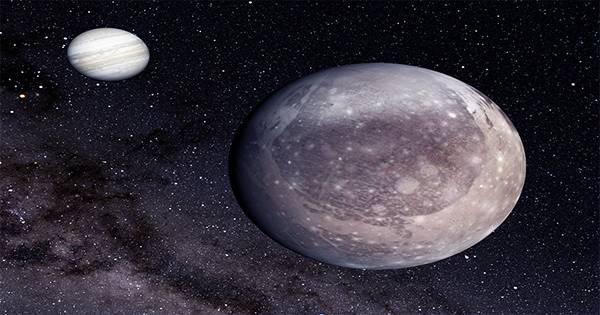Kepler-186 is a main-sequence M1 dwarf star in the constellation Cygnus, located 178.5 parsecs (582 light years) away. Kepler-186 is located approximately 561.0 light-years (172.0 pc) from our Solar System. The star is slightly cooler than the sun and has about half the metallicity. The apparent magnitude is 12.5 and the absolute magnitude is 6.3.
It is known to have five planets, including Kepler-186f, the first Earth-sized world discovered in the habitable zone. It is 0.5 times more massive and 0.5 times larger than our Sun. The star has four other planets discovered so far, all of which orbit close to the habitable zone. The surface temperature is 3755 degrees Celsius, with M1 spectral types.
Star
The star has a number of previously unknown measurements. The H band magnitude in the infrared/microwave EM spectrum is 11.605, the J band magnitude is 12.473, and the K band magnitude is 11.605. The magnitude in the visual Photometric system is 14.90(R) (towards the red end of the visual spectrum) and 16.40(B) (the blue end of the spectrum). It is a BY Draconis variable with a period of 33.695 days that changes brightness slightly due to star-spots.
With a mass 0.544 times that of the Sun and a density of 5.29 g/cm3, the star is a M-type red dwarf on the verge of becoming a K-type orange dwarf.

Discovery of a planetary system
Astronomers using NASA’s Kepler Space Telescope discovered the first Earth-size planet orbiting a star in the “habitable zone” — the range of distance from a star where liquid water could pool on the surface of an orbiting planet. The discovery of Kepler-186f confirms that planets the size of Earth exist in the habitable zones of stars other than our sun.
Four inner planetary candidates’ signals were discovered within the first two years of data collection. In August and November of 2013, planets in the system were discussed. These planets were confirmed in February 2014 using the “verification by multiplicity” method. In April 2014, the fifth and final candidate was confirmed in the same way.
The possibility that the signals in the light curve of the star were actually from something else has been ruled out by an investigation with the W. M. Keck and Gemini Observatories, using speckle imaging and adaptive optics techniques, which, while unable to resolve the planets, were able to rule out other possibilities than the system of planets.
Planetary system
The five planets discovered in the vicinity of Kepler-186 are expected to have solid surfaces. The smallest, Kepler-186b, is only 8% bigger than Earth, while the largest, Kepler-186d, is nearly 40% bigger.
The four innermost planets are almost certainly tidally locked, but Kepler-186f is further out, where the star’s tidal effects are much weaker, and it’s possible that there wasn’t enough time for its spin to slow down that much. The age of the Kepler-186 system is poorly constrained due to the very slow evolution of red dwarf stars, though it is likely to be greater than a few billion years. It has a 50-50 chance of being tidally locked. Since it is closer to its star than Earth is to the Sun, it will probably rotate much more slowly than Earth; its day could be weeks or months long.
















